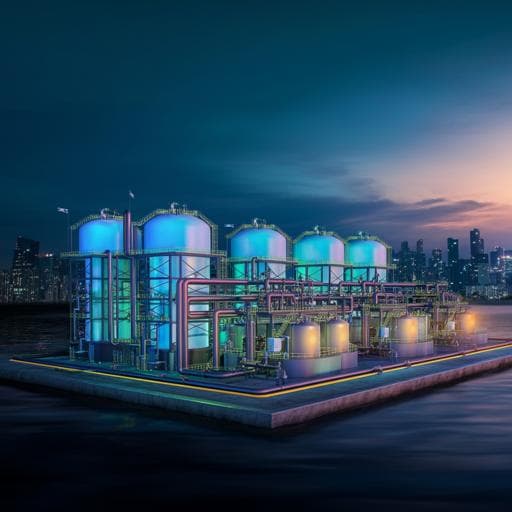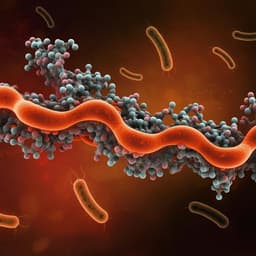
Environmental Studies and Forestry
Effects of population growth on Israel's demand for desalinated water
I. Kramer, Y. Tsairi, et al.
Israel faces a significant challenge in addressing water scarcity due to rapid population growth. This research explores the impact of various growth scenarios on water demand and supply by 2065, suggesting a critical need for desalination and significant implications for electricity and wastewater management. Conducted by Isaac Kramer, Yaara Tsairi, Michael Buchdahl Roth, Alon Tal, and Yair Mau, this study provides insights for regions grappling with similar water issues.
~3 min • Beginner • English
Related Publications
Explore these studies to deepen your understanding of the subject.







